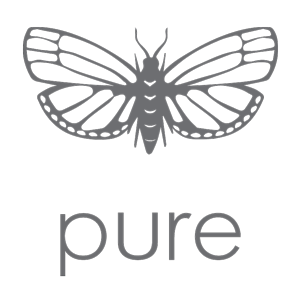Susan D’souza
Please can you tell us about your background and upbringing?
I was born in America in the late 1960’s. I was taught how to sew, knit and embroider by my Scottish Mother, Aunt and Grandmothers and developed a love of textiles from an early age. I grew up in Yorkshire and I remember visiting the Burrell Collection near Glasgow and Leeds Art Gallery as a child.
Did you have an interest in art as a child?
I used to love those Berol felt pen detailed wall charts as well as textile kits. I embroidered animals and organic objects. I drew album covers. I loved bands and live music and I also remember making perfumes from and pressing garden flowers.
Did you have a formal art education or are you self taught?
My art education began at A-Level when I realised it was the subject I should be studying but hadn’t up till that point. This was followed by an Art Foundation at Jacob Kramer College of Art in Leeds and a Textile Degree at Huddersfield Poly, a town with strong textile roots in dyeing, printing and weaving. In 2010 I did a part time MA at the University of Brighton.
Was there a moment, person or a place in your past that influenced you or you feel set you on the journey to where you are now?
I was very inspired by the freedom and creative play encouraged on my Art Foundation Course and one particular teacher ‘Sue Lawty’, who is now a well known weaver and contemporary textile artist. I remember her taking us to Ilkley Moor to make sculptures with found materials.
Please tell us who or what has had the most significant influence on you as an artist?
The simplicity and beauty of Japanese Art; the curvilinear style of Art Nouveau; the illustrations of Ernst Haeckel; the landscapes of Eric Ravilious; the textile art of Annimeke Mein, Alice Kettle and Paline Burbridge amongst others.
Please tell us about your working environment…
I work from a wooden cabin studio in my garden in Worthing, but I also spend a lot of time outdoors walking on the Sussex Downs and in the garden.
Please tell us a little about the process involved in making your art?
I work from photographs, drawings and observational studies that I translate through appliqué or hand painting by simplifying compositions into layers or shapes. I usually add stitched detail with hand or machine embroidery to highlight pattern and texture. I incorporate natural dyeing of fabrics and studied this over the course of a year with Jenny Dean and a group of artists at Ditchling Museum of Art & Craft.
What is the most indispensable item in your studio?
My cabinet of threads for embroidery which is one of those old wooden fold out ones that holds hundreds of bobbins of thread collected over the years.
Where are you finding ideas and inspiration for your work currently?
I am currently working on images of the landscape of Sompting Estate and Cissbury Ring that I can walk to from my home. I am making a new textile piece each month to build a series of linked work highlighting seasonal shifts and the character of this local open access space.
If you weren’t an artist what would you be?
A teacher of art or textiles, which I have been for much of my life! Or possibly something connected to plants.
What is the best thing about being an artist?
Becoming totally immersed in a creative project and exploring your ideas through making and materials.
And the worst?
Feelings of exposure and self-doubt that arise when the time comes to share what you have been doing with others.
What advice would you give to those aspiring to make a living out of art?
Be true to yourself as you have to love what you do, and the integrity of the work relates to this.
What is the most important thing to know about you?
Being close to nature eternally grounds and inspires me.
Please tell us one unexpected thing about yourself
I was a gymnast, and this taught me to be resilient, take risks, practice, work to achieve my goals and to enjoy a sense of movement and inner strength.
Final thoughts…
Follow your dreams and try not to judge what you create, just use your own instincts and enjoy the process.

